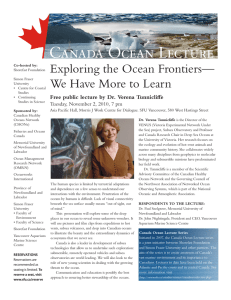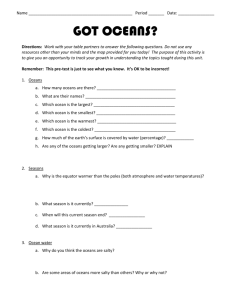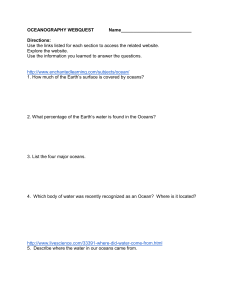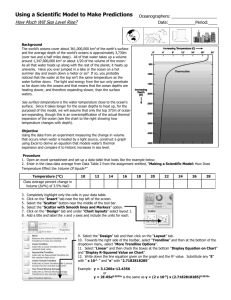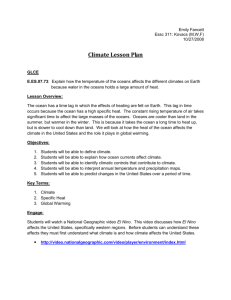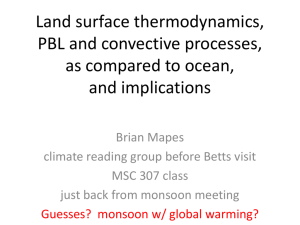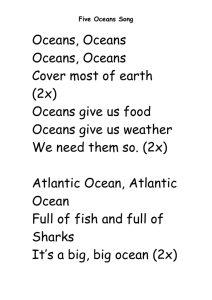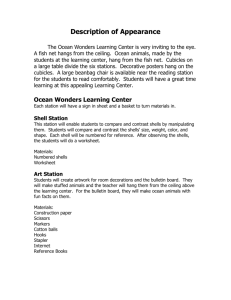Ocean`s Technologies - Society for the History of Technology
advertisement
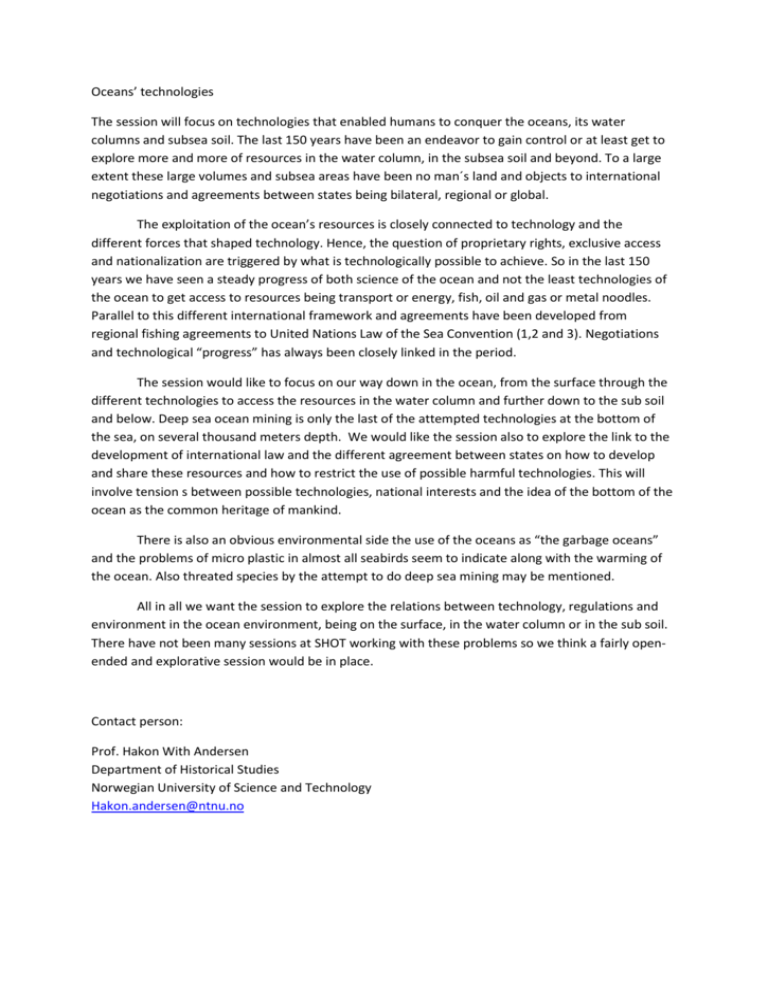
Oceans’ technologies The session will focus on technologies that enabled humans to conquer the oceans, its water columns and subsea soil. The last 150 years have been an endeavor to gain control or at least get to explore more and more of resources in the water column, in the subsea soil and beyond. To a large extent these large volumes and subsea areas have been no man´s land and objects to international negotiations and agreements between states being bilateral, regional or global. The exploitation of the ocean’s resources is closely connected to technology and the different forces that shaped technology. Hence, the question of proprietary rights, exclusive access and nationalization are triggered by what is technologically possible to achieve. So in the last 150 years we have seen a steady progress of both science of the ocean and not the least technologies of the ocean to get access to resources being transport or energy, fish, oil and gas or metal noodles. Parallel to this different international framework and agreements have been developed from regional fishing agreements to United Nations Law of the Sea Convention (1,2 and 3). Negotiations and technological “progress” has always been closely linked in the period. The session would like to focus on our way down in the ocean, from the surface through the different technologies to access the resources in the water column and further down to the sub soil and below. Deep sea ocean mining is only the last of the attempted technologies at the bottom of the sea, on several thousand meters depth. We would like the session also to explore the link to the development of international law and the different agreement between states on how to develop and share these resources and how to restrict the use of possible harmful technologies. This will involve tension s between possible technologies, national interests and the idea of the bottom of the ocean as the common heritage of mankind. There is also an obvious environmental side the use of the oceans as “the garbage oceans” and the problems of micro plastic in almost all seabirds seem to indicate along with the warming of the ocean. Also threated species by the attempt to do deep sea mining may be mentioned. All in all we want the session to explore the relations between technology, regulations and environment in the ocean environment, being on the surface, in the water column or in the sub soil. There have not been many sessions at SHOT working with these problems so we think a fairly openended and explorative session would be in place. Contact person: Prof. Hakon With Andersen Department of Historical Studies Norwegian University of Science and Technology Hakon.andersen@ntnu.no


